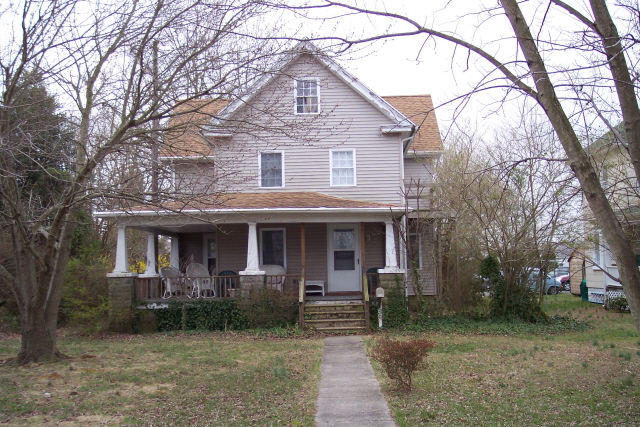We have a 50-60' front walk that needs SOMEthing. Well, what it really needs is to be replaced with a wider walk made of brick or pavers or something appropriate, but between budget constraints and an impending road-widening and front-sidewalk relocation in a few years, we're not going there for several years.
For now we would like to border it with something to make it look a lot less stark and a lot more inviting.
What we want is:
- something that is low (under 1'), and that will spread (or can be contained) to under 2' or so.
- tending more towards a mound shape than irregular or spikey
- shade/filtered sun tolerant but not hostas (Partner is sick to death of how I kind of overdid hostas at our last house, so this is one thing that's non-negotiable)
- flowers at least some part of the year or has colerful foliage (i.e. not just a little green-only evergreen)
- perrineal or self-sowing annual.
- year round visual interest or evergreen foliage is preferred
- relatively low maintenance
- not starkly formal
Now, I know that we're not likely to find something that fits ALL of these criteria, so "low", "not hostas" and "shade/filtered sun tolerant" are the only two things that are non-negotiable.
Oh and a dream request would be to find something that's a fragrant plant or herb that fits all or most of these requirements.
Anyone have any great ideas?
Here's a pic that shows at least part of our front walk. FYI, that azalea will be moved before we plant whatever we decide to put along the walk. And we're going to start shaping the front beds (probably something that involves a curve out from the front walk edging and is generally a curvy less-formal shape overall) and putting in some of the anchor plants that we want there, including a hydrangea and that stray azalea).



7 comments:
there are some lovely hybrid lavenders out there, at least some of which should stay close to the ground. also, have you considered carpet roses? not a ton of scent, but definitely nice to look at. i think some species of daisies and phlox do mounding nicely too. that's all i could come up with right now, my toddler is holding my brain hostage.
Ooh! Just remembered I have a copy of Sunset's Northeastern Garden Book, a plant guide that I definitely won't need in Utah. If you want me to pass it along, let me know, it'll just go to waste here!
You should start with your foundation plants, as the main focus is firstly the accent the house. I like the largish trees on the foreground, right and left, for a basic frame. For the foundation shrubs, I would do architectural evergreen shrubs that are the backdrop for the flowers (save room in front). In the back, maybe a row of box leaf holly (true boxwoods are slow growers) then as a row in front of those maybe some dwarf gardenias. Perhaps on either side of the entrance, instaed of a holly you can put in something taller and more pyramidal like a pointy dwarf juniper (like skyrocket). Its important you have your evergreen plants to anchor the house in all seasons, and then on to the flowers. On the front walk as a temporary enhancement fo rows of liriope (like 'big blue'). Impossible to kill and you can move them later. Good luck.
Forget-me-nots. Low growing perennial, not too much spread, shade tolerant, pretty blue flowers. Not much visual interest in the winter. Combined with something evergreen, however...
We have an unlovely front walk, too. I love the sound of a walk made of brick, but that's something I doubt we'll ever get around to. We have a small one in the backyard that we'd like to extend.
I can't reccomend anything specific, but the guys at our high-end garden centre always have great advice for me, and help me play the "is this a weed or a flower?" game that I have repeatedly failed since my old neighbour moved.
Have fun! Gardening can be fun!
Cranesbill geraniums spread and mound nicely, are low, according to Dave's Garden they self-sow, although I've never witnessed it. Plus many will bloom from June/July through until fall. I had some in IL and my neighbors all wanted to know what it was because it bloomed for so long, and the foliage turned a lovely scarlet in autumn.
Post a Comment